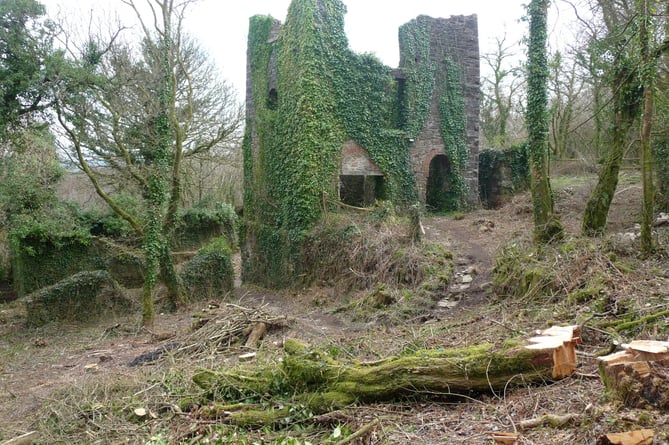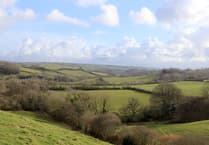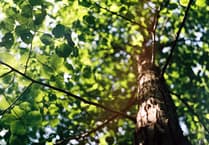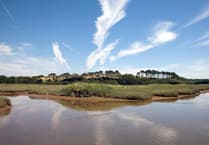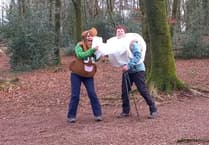The Tamara Landscape Partnership Scheme, funded by The National Lottery Heritage Fund, is in full swing and the team behind it have just completed surveying the condition of seven key heritage sites in the Tamar Valley.
These sites fall within the Cornwall and West Devon Mining Landscape World Heritage Site and are also on Historic England’s Heritage at Risk Register. There are also plans for a touring exhibition, which will celebrate the Valley’s heritage, later this year and grants available for heritage features.
Gary Lewis, senior heritage officer for the Tamara Landscape Partnership Scheme said:
‘The Tamara Scheme is working to create a brighter future for the Tamar Valley and its communities through 10 exciting projects. These projects are either focused on people, land management or heritage and we’ve just finished a huge piece of work with Historic England to provide costed repair or stabilisations reports for a number of key sites.’
Reports have been produced for Gunnislake Clitters Mine, New Consols Mine, Okel Tor Mine, Gawton Mine, Holmbush Mine (Winsor Lane), Tamar Canal Lock and WW2 Landing Craft Grid at Saltash using specialist contractors and volunteers. All of these sites are on the Heritage at Risk Register and the recommended work will move them closer to being removed from the register, whilst ensuring they remain in their current conditions at least. The findings will also help the site owners to look for further funding in order to carry out essential repairs and the Tamara team will also help with that.
A mobile photographic exhibition is being planned for later this year and the team are looking for old photos and memories from the mining, forestry, market gardening and orchards industries.
Gary said: ‘We are putting together new research which will look at the innovative techniques developed in the Tamar Valley. The exhibition will also explore the history of the quays and ferries on the Tamar, Tavy and Lynher. So, if you have or know somebody who has photographs, personal memories or other documents relating to these techniques then we’d love to hear from you.’
The Tamara team is also undertaking research into the mineworkers’ smallholdings in the Valley to identify who owned the land and what it was used for. Some work has already been done in the Calstock area, but this research will be extended into the Bere Peninsula and north of the Callington/Gunnislake road.
Gary explained: ‘In the late 1700s and up until the late 1800s, mineworkers’ families were allocated plots of land to grow crops or rear livestock. These plots could range from the size of a large back garden up to a few acres. The work looks to identify these plots of land by using an old type of ordnance survey map from 1840 the Tythe Map and the 1841 census. This work has been carried out in conjunction with the Cornwall and West Devon Mining Landscape World Heritage Site team.’
The Tamara team are also working with researchers to identify, preserve and archive some of the Valley’s other special features such as lost landings and abandoned quays as well as historic highways and byways. Initial work is being facilitated by an expert, but there will be opportunities for community input later this year and beyond. The first community workshop will take place on March 15 at the Tamar Valley Centre. Tickets are available through Eventbrite:
http//www.eventbrite.co.uk/e/historic-environment-action-plan-workshop-tickets-549351544257?aff=ebdssbdestsearch .
The Tamara Scheme has some grant funding available for heritage sites that are not eligible for other grant funding. Most grants awarded will be between £500 and £2,000 and applications will be considered by the Tamara Heritage Project Group which comprises heritage experts from both Devon and Cornwall.
Applications can be made at any time and will be assessed at the next Project Group meeting. So, if you think you have a site or feature that might benefit from such a grant, contact Gary Lewis at [email protected]
Pictured top: Gunnislake Clitters Mine, and above: Holmbush Mine.
